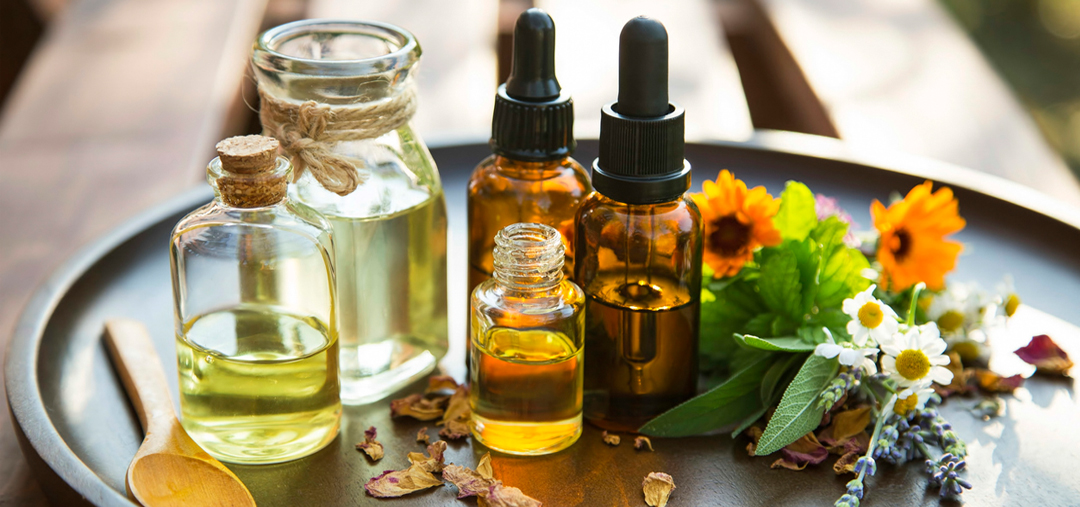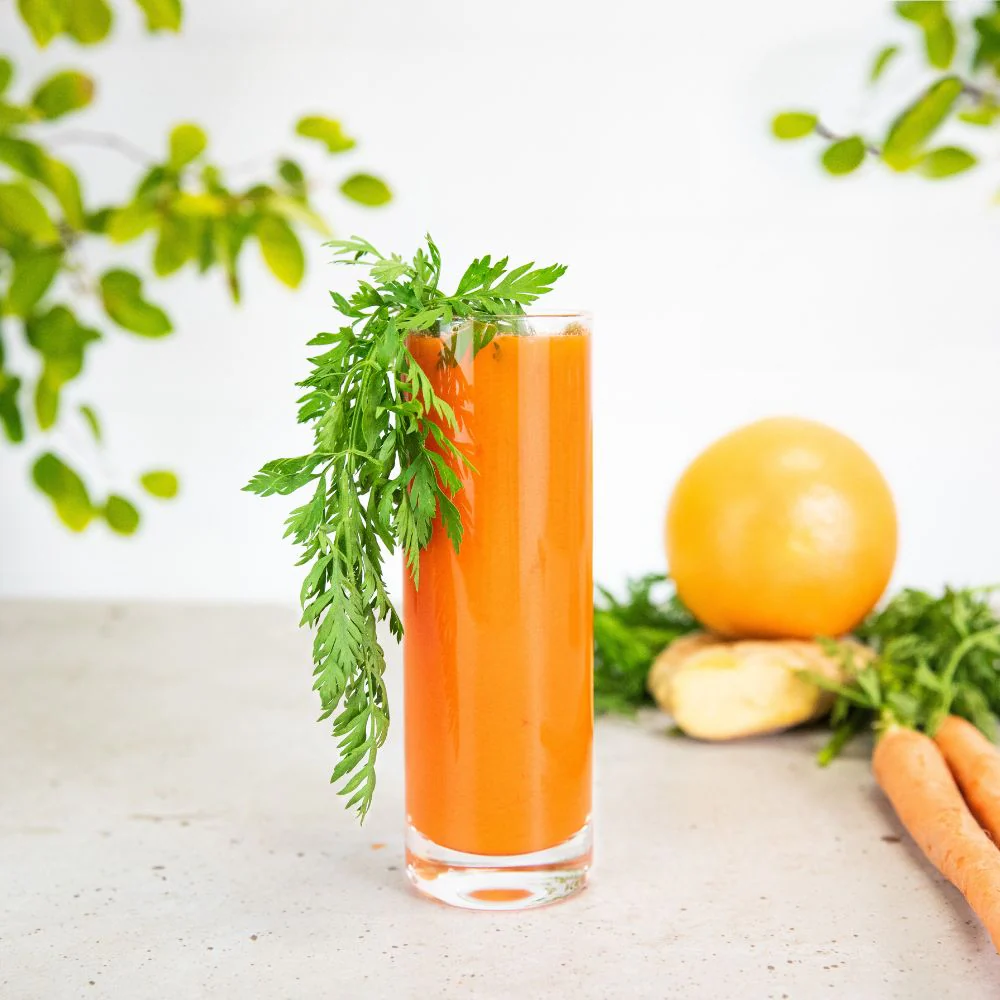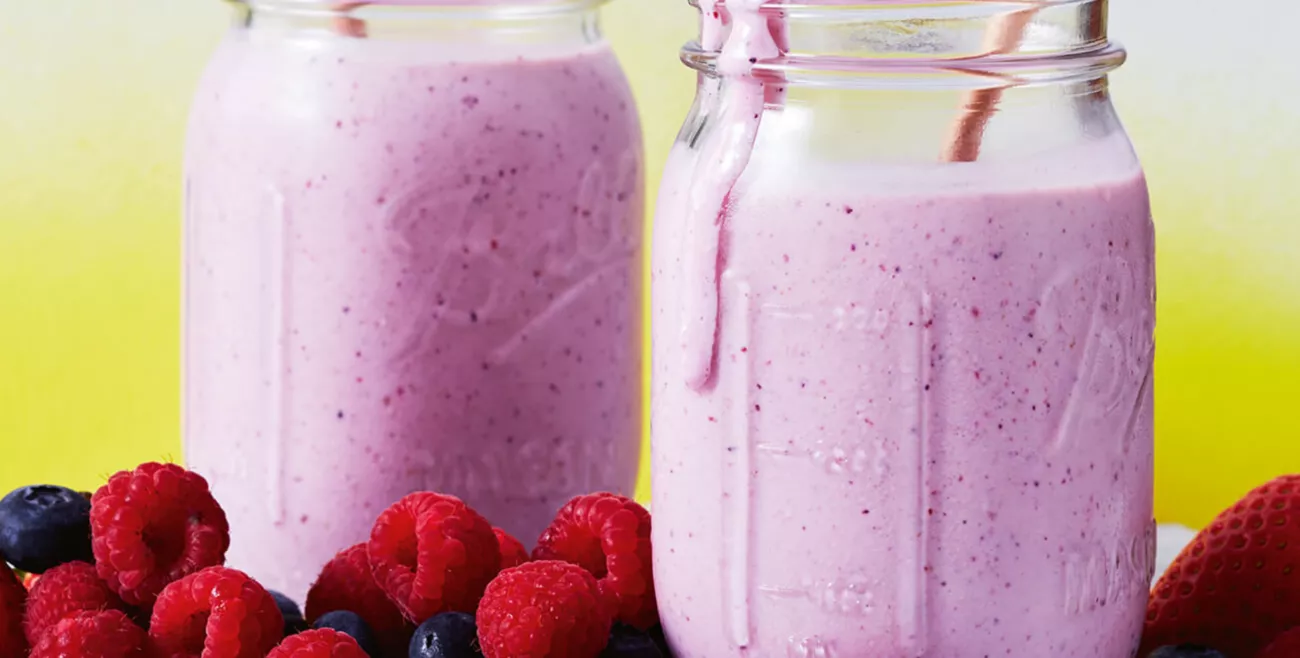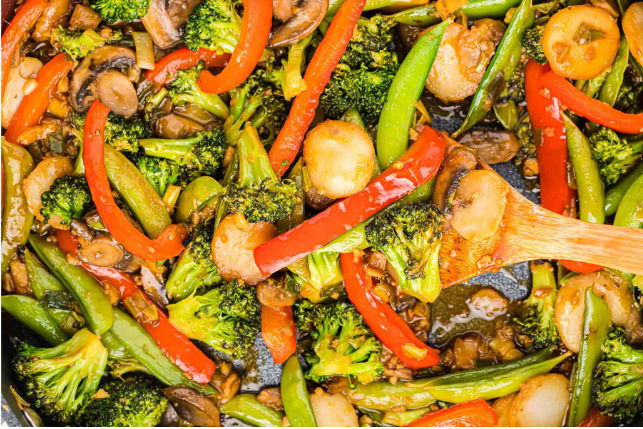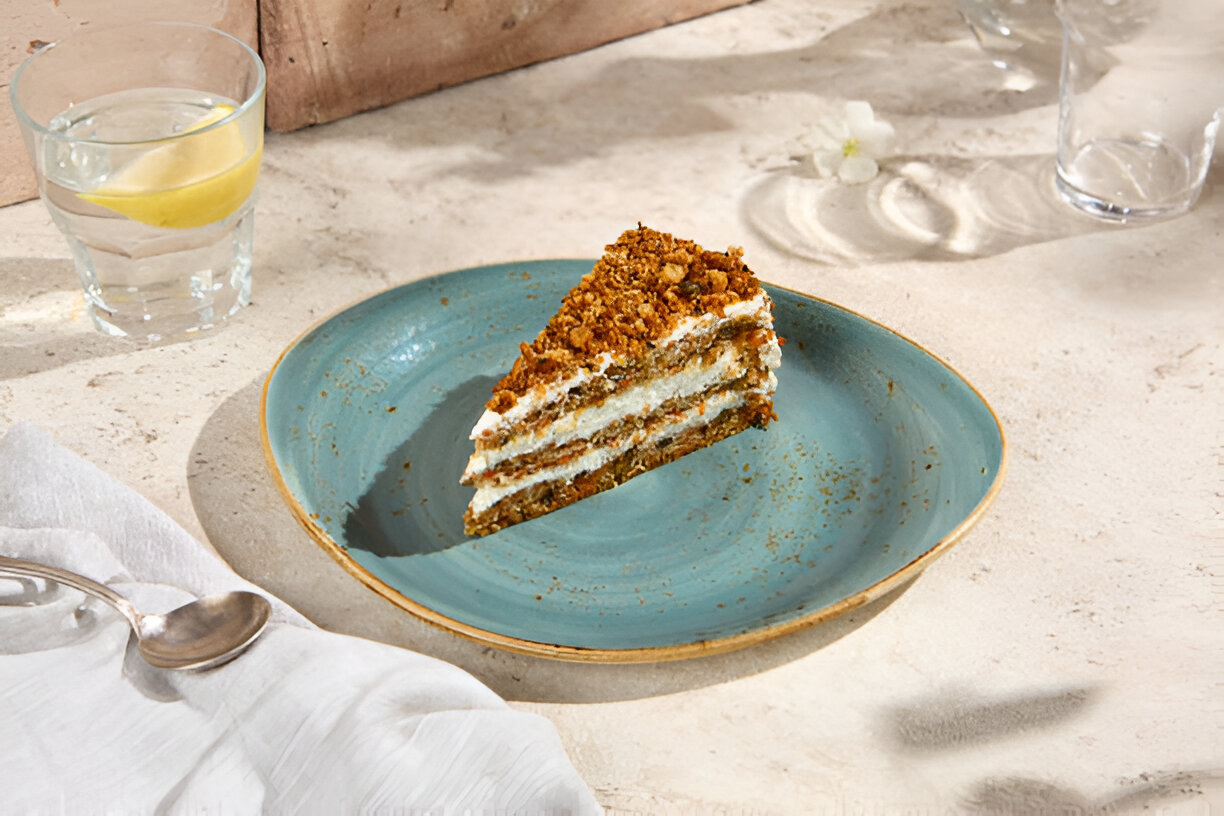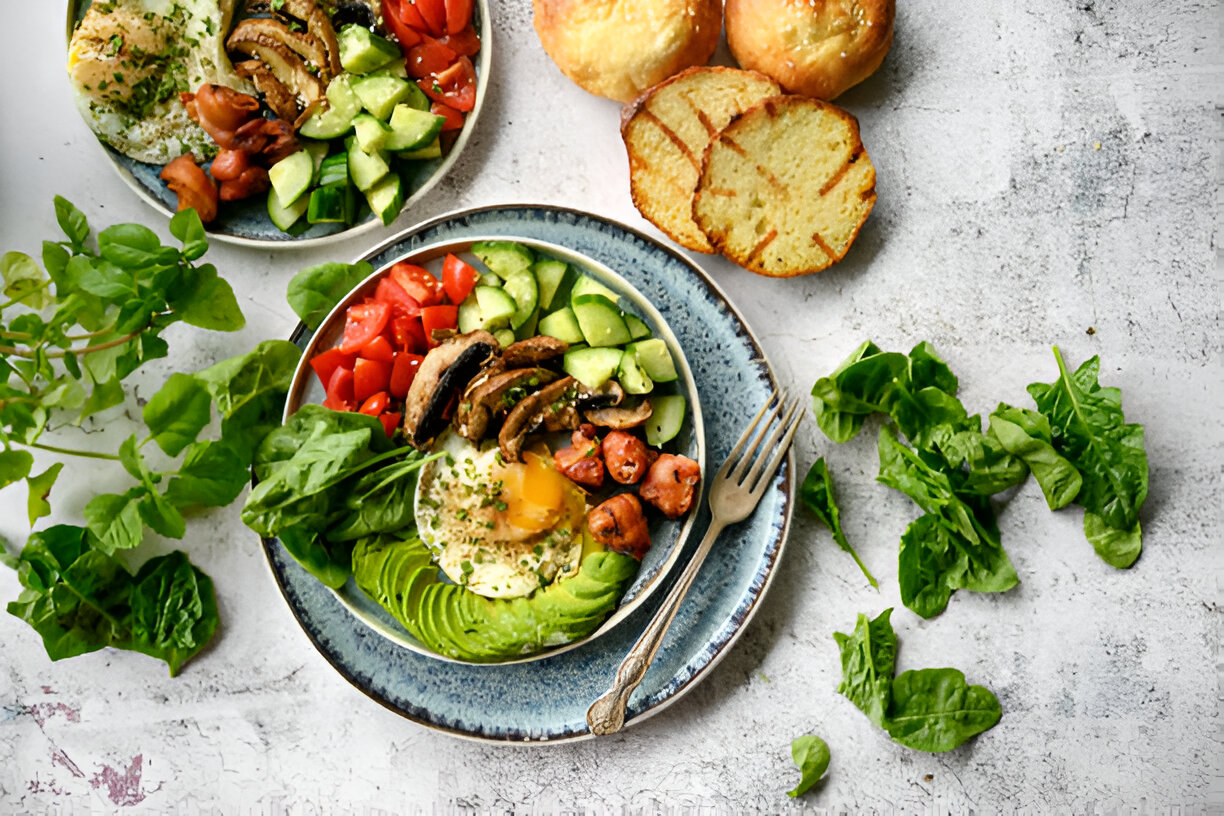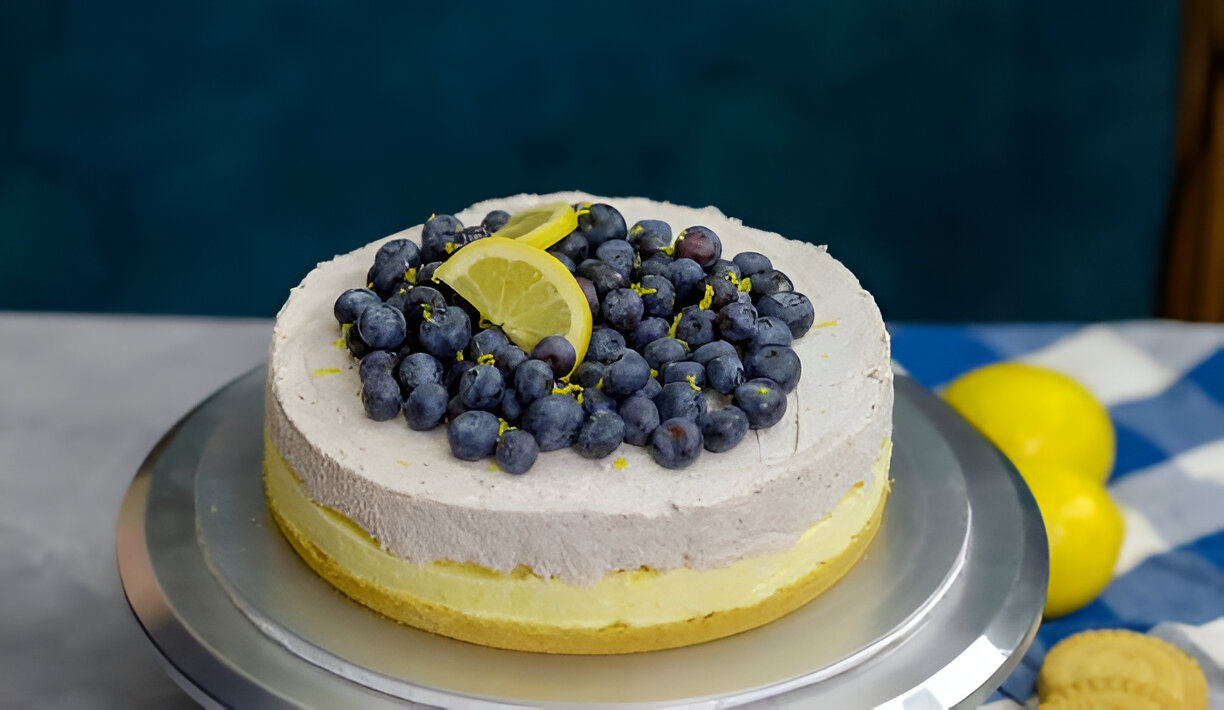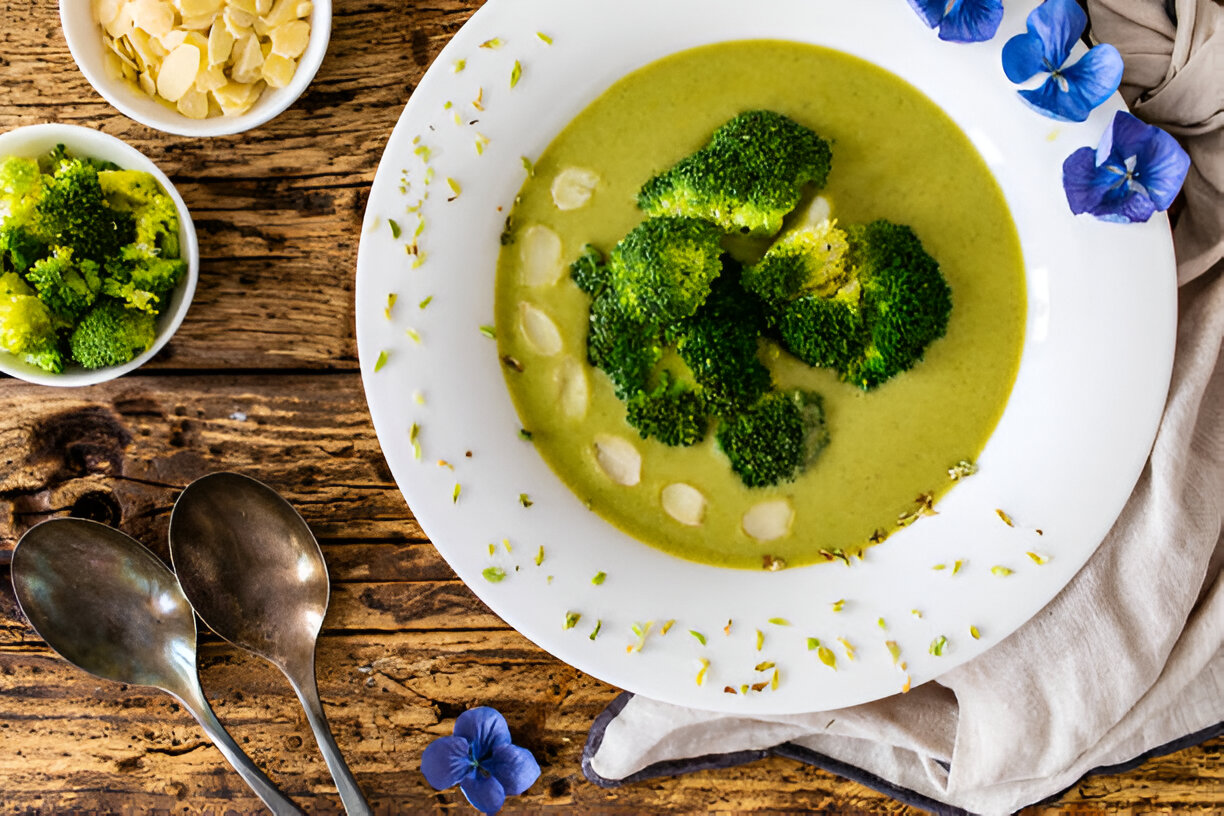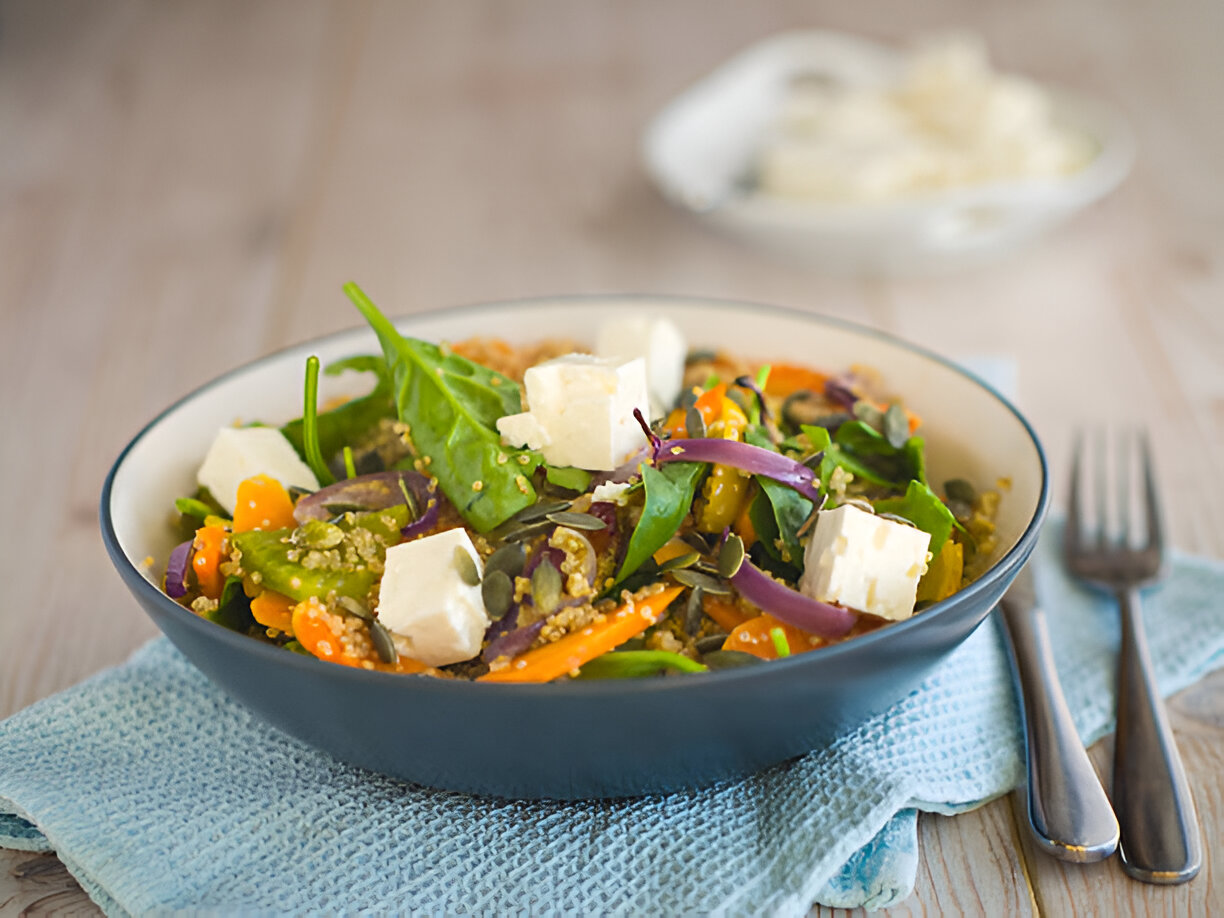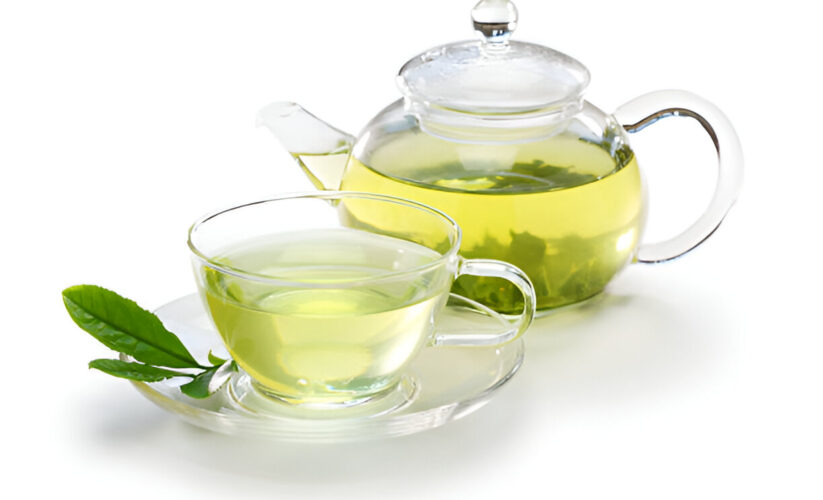

Think of green tea as the unplugged variety: Though it’s derived from the same plant (Camellia sinensis) as black and oolong, it undergoes no fermentation, so it’s closest to a straight-from-the-tree state.
Less processing results in a fresh, grassy-flavored drink that’s relatively low in caffeine — it has about 50 milligrams per cup, compared to 175 in coffee — and loaded with cancer-fighting antioxidants.
Recipes
Green Tea Poached Chicken with Green Tea Rice
Health Benefits
The crux of green tea’s nutritional prowess is an antioxidant called epigallocatechin-3-gallate (EGCG). Because green tea isn’t fermented, it retains its EGCG, so it’s available to neutralize damaging free radicals, which might reduce the risk of cancer. Studies suggest EGCG inhibits the proliferation of cancer cells and interferes with tumor metabolism.
Green tea’s antioxidants may also help the heart by reducing levels of LDL (“bad”) cholesterol and relaxing the arteries to improve blood flow. Drinking it regularly could cut down on visits to the dentist: EGCG’s antibacterial properties might stave off gum disease and tooth decay, while polyphenols have been shown to reduce bad breath.
Weight-Loss Aid
As if that weren’t enough, green tea may even help dieters: Some studies have shown that green tea boosts the metabolism, perhaps because of its combination of EGCG and caffeine.
How to Buy
Green tea comes in many forms, including blooming, powder, and whole leaf. When possible, choose loose-leaf teas with whole or large pieces of leaves, rather than tea bags, which tend to contain dust (also known as “fannings”) left over from higher-grade teas. Teas made from fannings often have a harsher flavor.
Look for the “handpicked” label, as these teas most likely contain the prime “pluck” of the plant (the highest-quality leaves). Matcha, a powdered form of green tea that’s often used in Japanese tea ceremonies, tends to be more intense and bitter than green tea brewed from leaves.
To steer clear of pesticides, opt for organic teas when possible. Store tea in an airtight container in a cool, dark place, and use it within several months of purchase.
Cooking Tip
When brewing green tea, use nearly boiling water; boiling water may leach away healthy compounds. Separate the steeped leaves from the tea as soon as it’s brewed to your taste (typically three to five minutes — the smaller the leaves, the shorter the steep). A longer steep releases more tannins, resulting in a bitter flavor.
To incorporate more tea into your diet, think beyond the cup: Try chopped tea leaves in vinaigrettes or as a flavoring for ice cream.
Maximize the Benefits
Adding a spritz of lemon to green tea might give you a bigger health boost. Researchers say the citrus juice creates an acidic environment that can help free up more antioxidant compounds for the body to absorb after digestion.






